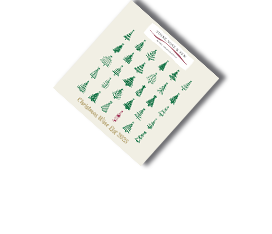Carmenère
The Carmenère grape was originally planted in the Médoc region of Bordeaux where it was used to produce a deep red wine occasionally used for blending purposes in the same manner as Petit Verdot. It has now found fame in Chile.
California has Zinfandel, South Africa Pinotage and Argentina Malbec…. and Carmenère really is approaching the status of the distinctive grape of Chile.
This obscure Bordeaux variety was only identified in Chilean vineyards by a French ampelographer, Jean-Michel Boursiquot, in 1994. At first many producers feared that any attempt to relabel wines would confuse customers and prejudice their Merlot sales.
Fortunately sense prevailed and they realised that they had to distinguish the Carmenère vines from the Merlot, as much as anything because they need different viticultural attention: Carmenère benefits from careful canopy management and ripens three weeks after Merlot. (It’s often picked in early May, the equivalent of November in the northern hemisphere).
The official vineyard statistics make amusing reading: only 300 hectares of Carmenère were declared in 1997, but over 6,000 in 2003. This huge change does not reflect new plantings, just a reclassification of what was already there - and probably still an underestimate.
Now it is widely recognised that Carmenère is usually more successful than Merlot, especially in the hotter sites such as Colchagua. A large tasting of both varieties in Decanter magazine (June 2007) gave all the top three awards to Carmenère, and only two Merlots crept into the next six four star wines. Carmenère combines intense fruit with a touch of leafiness and an attractive smokey hint.




